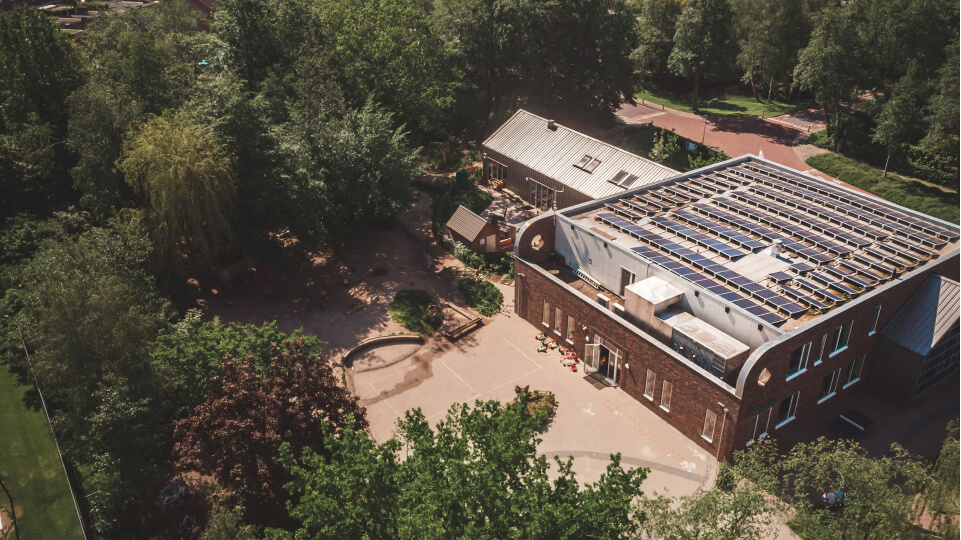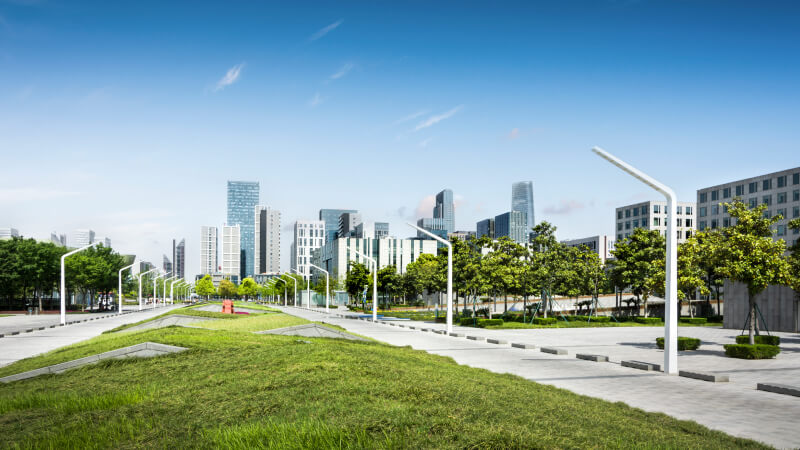Get a boost to your profits for your energy-saving work
The 179D tax deduction, updated with the passage of the Inflation Reduction Act, aims to energize the economy, spearhead the green revolution, and support businesses like yours.


We can help you claim a federal tax deduction worth up to $5.00 per square foot. Sound too good to be true?
The 179D tax deduction, updated with the passage of the Inflation Reduction Act, aims to energize the economy, spearhead the green revolution, and support businesses like yours.

179D is a federal tax deduction available for the design and construction of energy-efficient new construction and retrofit projects.
By signing an allocation letter, non-profit or government building owners can pass this deduction on to a firm involved in the building design or retrofit.
So, if you’re an architect, engineer, contractor or ESCO designing new construction or retrofit projects for government or non-profit building owners you can claim significant tax deductions.
If your firm has designed a new construction or retrofit project for a non-profit or governmental entity - you’ve earned incentive dollars through 179D.

We help identify eligible projects and maximize deductions to support your company’s bottom line.
Our government relations team can assist with educating tax exempt building owners about the allocation process, provide templates for your firm to use, or directly engage with tax exempt entities to secure signatures on your behalf.
Ultimately 179D means free money. You’ve done the work - now it’s time to claim the incentive dollars you’ve earned and invest in your growth.
Invest in your future by unlocking incentives you’ve earned through your energy-saving expertise for the built environment.

We understand tax, but we’re also engineering specialists, so don’t need any handholding to understand your projects and how to maximize the incentives from them.
Whether it's keeping you updated on your claim status, legislative changes, or managing the timelines for your tax incentive filings, we keep you on the money.
The 179D deduction allows your firm to retain tax dollars that boost your bottom line and let you pursue your growth ambitions.
Unlock incentives your energy-saving projects generate to power progress.

We’ve worked on projects ranging from district-wide school system retrofits to housing authority modernizations and military bases. Scale is second nature to us.
We have more experience working with ESCOs than anyone in the industry. We support your growth through our expertise in providing energy incentive coordination and compliance services across your portfolio of work.
We understand the pressures associated with tax filing deadlines. We get you what you need, when you need it, right the first time.
Capitalize on your role in energy-efficient projects and boost your business with 179D.

Our deep understanding of construction and tax codes means we can pursue your 179D claims with no onramp needed from you.
Stay informed with updates on claim status, evolving tax laws, and essential deadlines—ensuring you’re always on the money.
179D deductions can significantly improve your cash flow, enabling you to expand your operations and explore new market opportunities.
Projects eligible for 179D include newly constructed buildings and retrofits that impact a building’s HVAC, domestic hot water, interior lighting, and building envelope systems.

Deductions can be up to $5.00 per square foot and you can claim for both current projects and projects completed within the last three years.
The final deduction your project generates is driven by several variables. Concord’s industry-leading team of multi-disciplinary experts and proprietary technology maximize the amount of benefit you can claim.
Our compliance-driven approach and tech-enabled delivery model mean you can have confidence in our results.


Give us your details and we’ll be in touch to discuss if we can help and how. We only take on projects we know will stand up to scrutiny - so what is there to lose?
To claim 179D the IRS mandates an independent third-party certification be completed. All you need to do is provide us with the relevant project information, and we do the rest.
We begin with a no-cost assessment to determine which of your projects qualify, providing a detailed projection of potential benefits.
We can help us much or as little as you want in getting your clients to sign the required allocation letter to pass the 179D incentive on to you.
We use proprietary software, Concord Caisson, to manage the process, ensuring data security, compliance with complex bonus rate requirements, and transparency as we certify the energy savings and manage the claim with the IRS.
Our final deliverable gives you everything you need to claim the deduction, and we stand behind our results.
At Concord, our engagements are structured so, when you win, we win. Our specialist knowledge, years of experience and best in class proprietary tools mean we’re experts at assessing eligibility and certifying with confidence.
In the last 15 years, clients have monetized more than a billion USD with our support. Whatever your project - you can bet we’ve worked on something similar before.

For us, professionalism is a matter of principle. We are committed to delivering the highest level of service and our Client Charter tells you more about the commitments we make to you.

We are focused on helping your business now and for the future. We only pursue truly eligible projects. And in the process, we protect your data, your reputation and your client relationships.

We have contributed to the evolution of the 179D deduction through our efforts in guiding federal policy and remain a proud partner to some of America’s top industry trade associations.

Whatever your project - you can bet we’ve worked on something similar before:









We’re professionals, we’re experts, and we’re human. Get in touch, and let’s chat about how we can help your business.

If you’re eligible for 179D deductions, you likely meet the criteria for R&D tax credits too
The new transferable tax credits market requires new skills and expertise. Concord has done the heavy lifting so you don't have to.
Direct pay makes real transformation possible for tax-exempt entities by making tax credits available as a cash payment from the government.
Read about the latest energy tax incentive updates and how they can benefit you:








